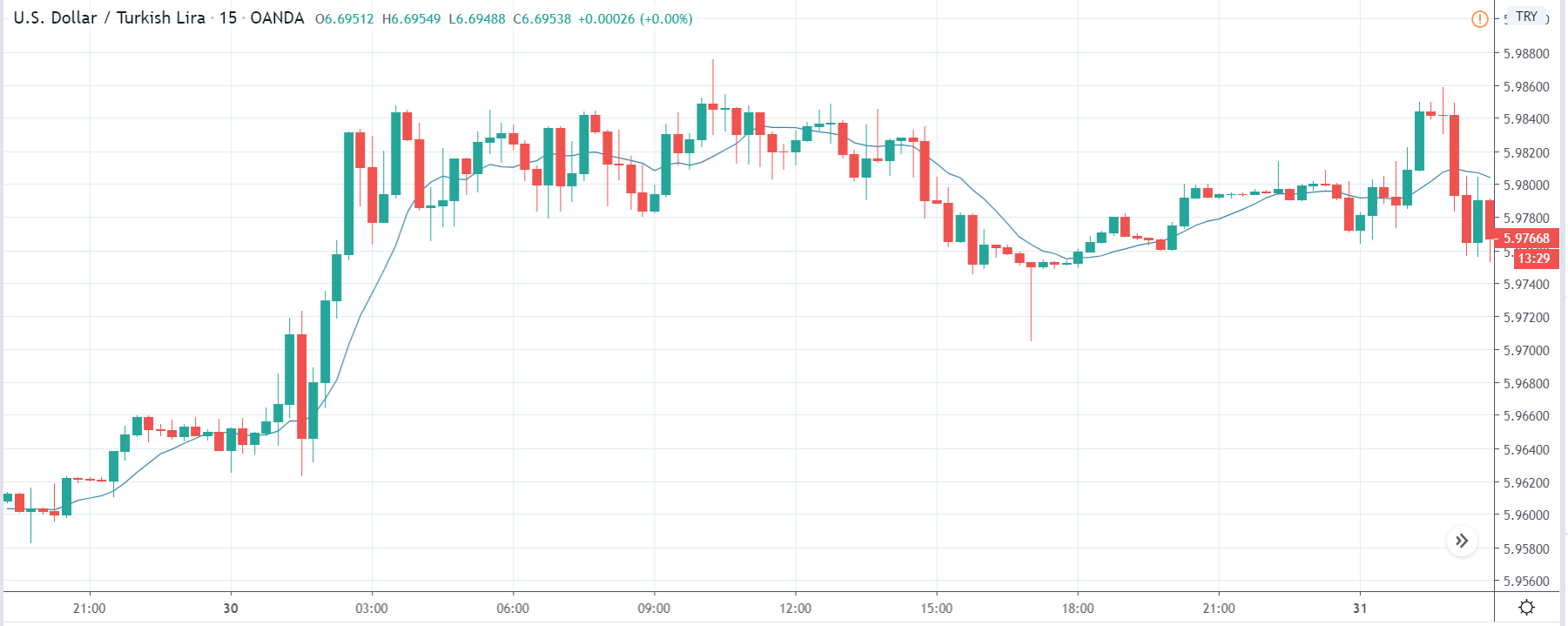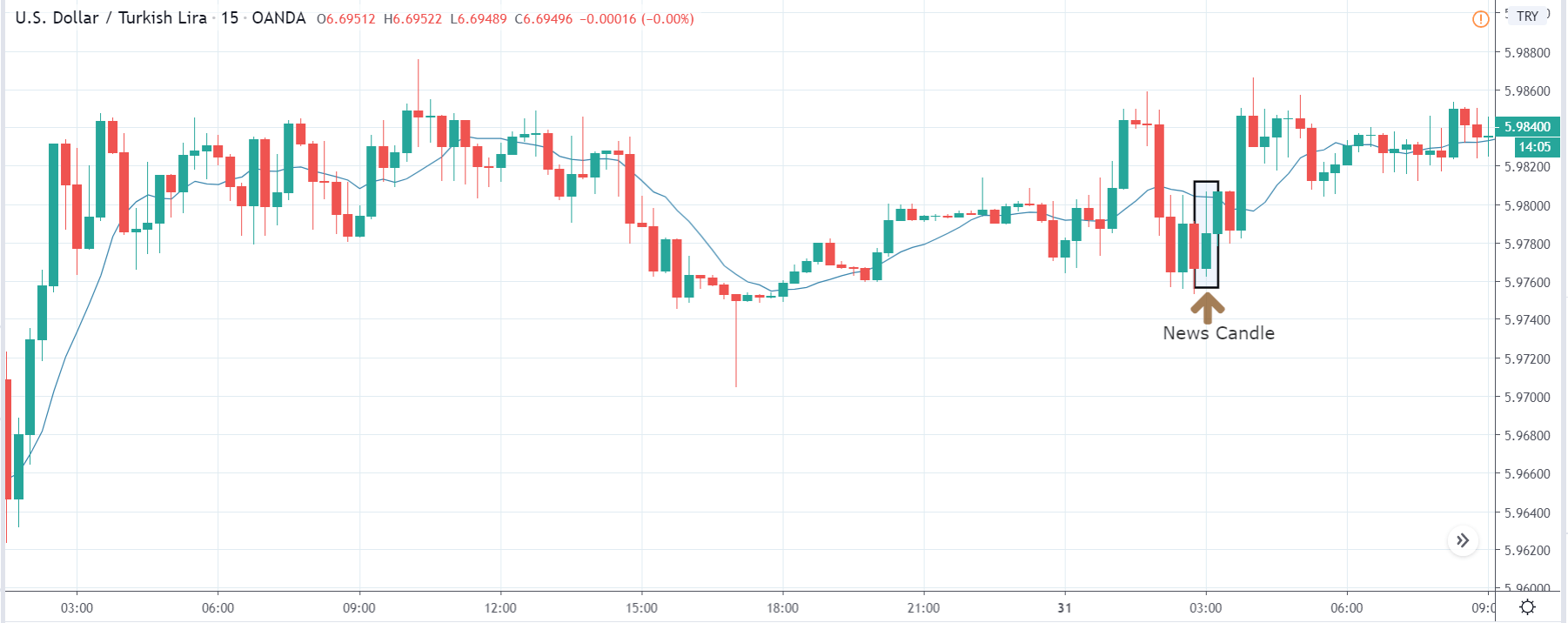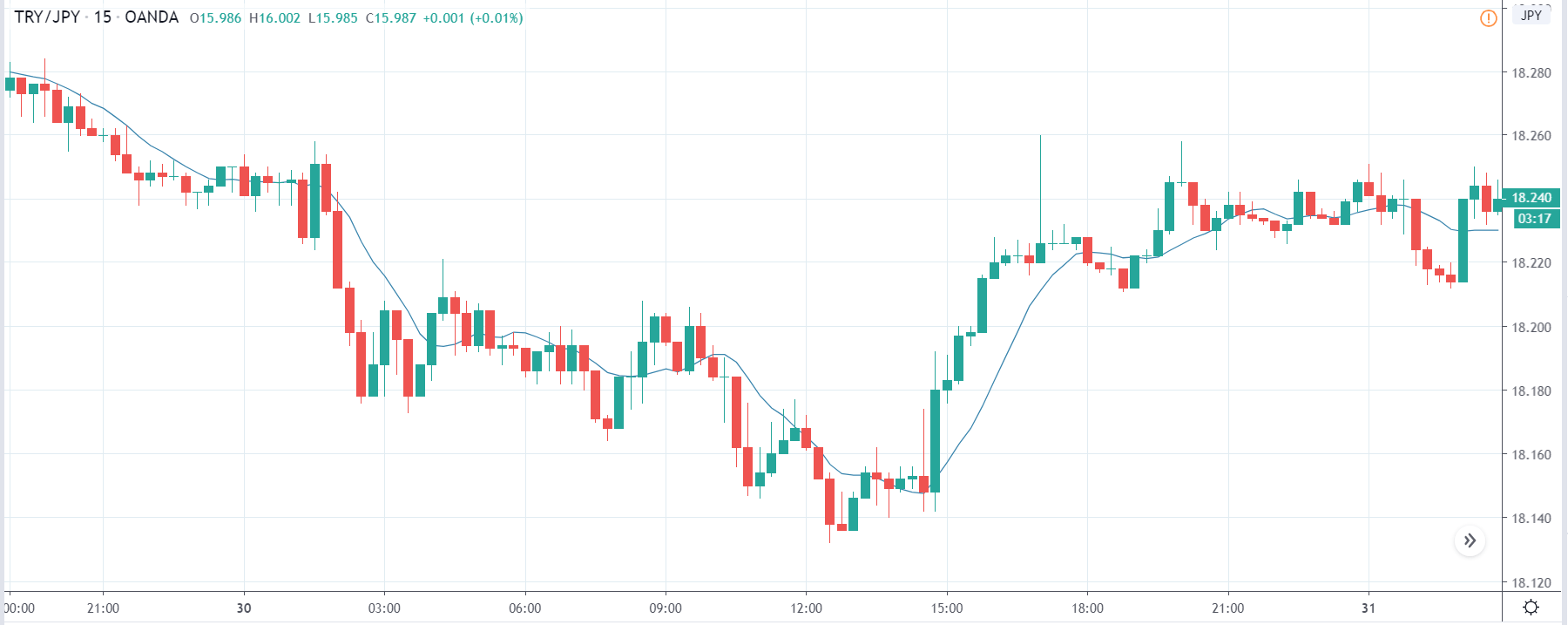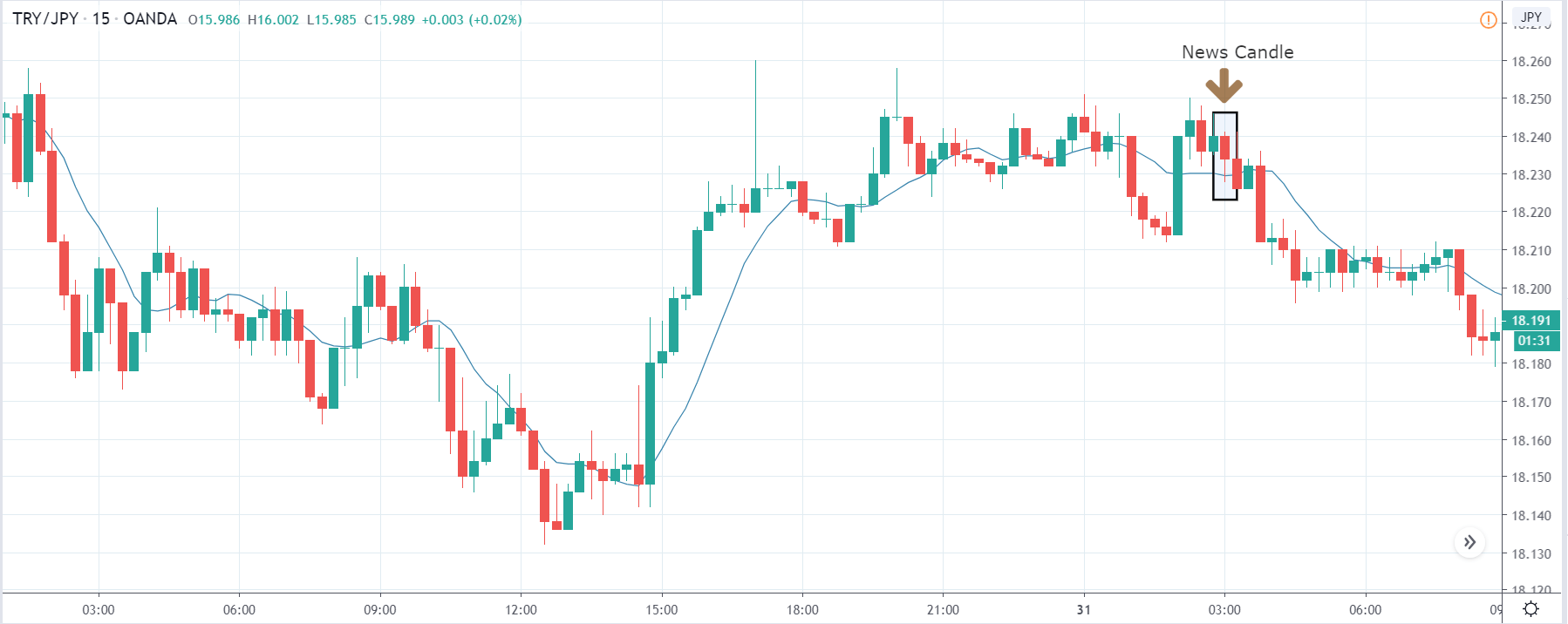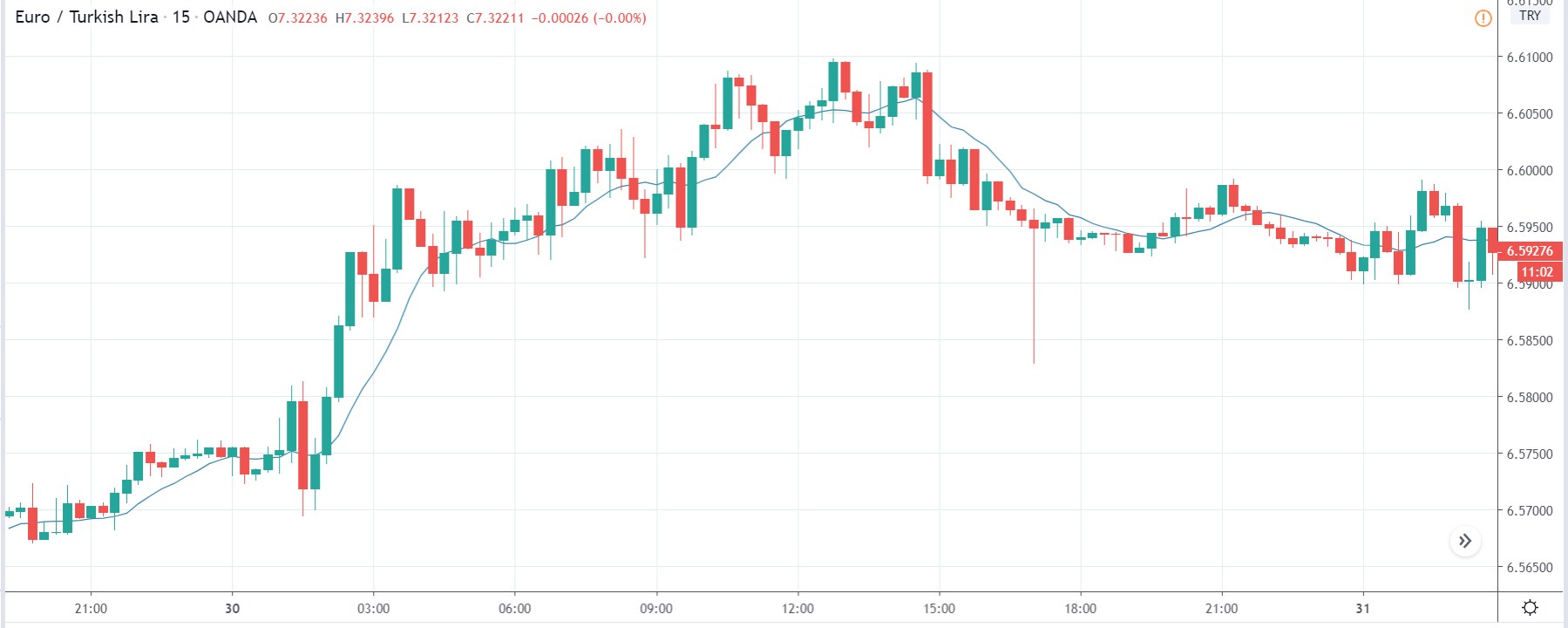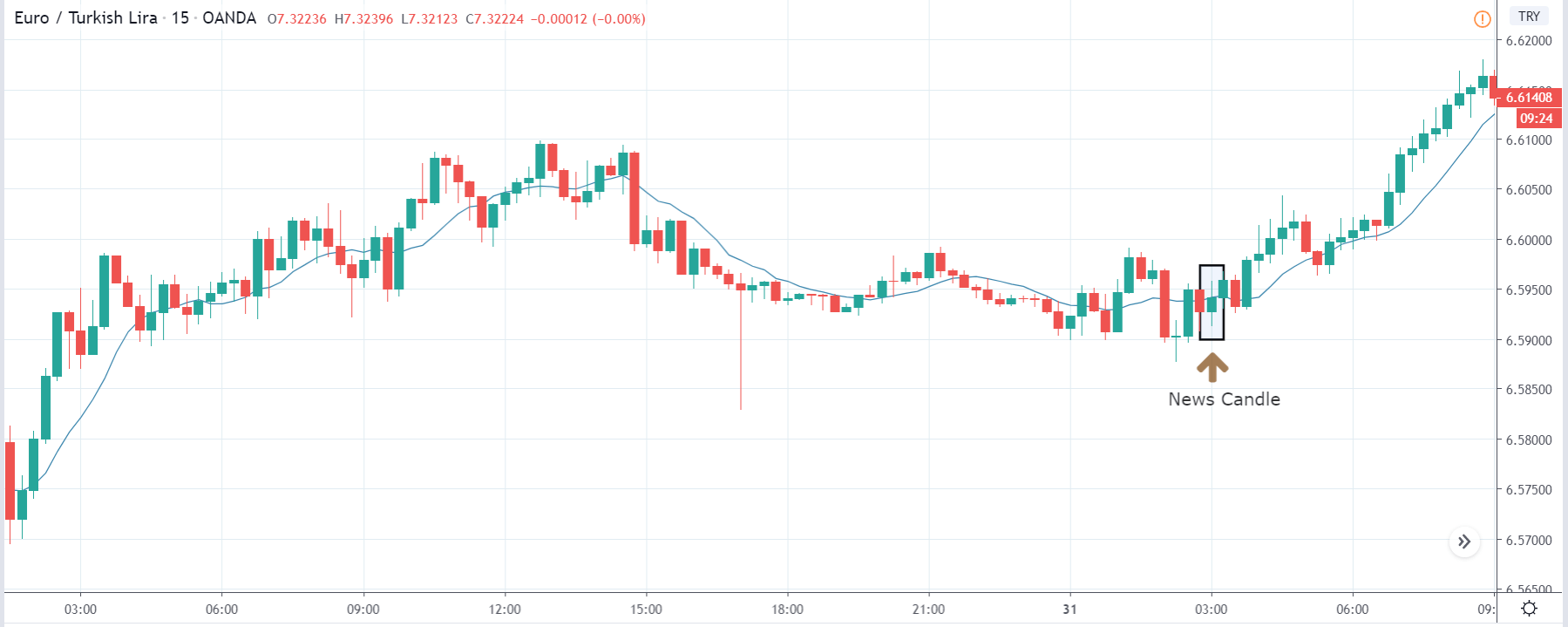Since the introduction of online flight booking, the global tourism industry has grown exponentially – thanks to the convenience of making flight reservations from a mobile device. Despite the efficiency brought by such technologies, the travel industry is populated by a myriad of intermediary companies that make traveling quite a hassle. From flight companies, travel agents, tour operators, to destination management companies, all of which defeat the purpose of using travel solutions for convenience. Additionally, throughout the travel, customers’ data is exchanged numerous times, which ends up compromising their privacy, especially if the systems used aren’t secure enough.
Just as Bitcoin was conceived as a method of bypassing financial intermediaries, its underlying technology – blockchain, can also be used in the tourism industry. The technology will enable customers to interact directly with service providers making traveling less of a hassle while also safeguarding their privacy.
Potential use cases of blockchain in travel
Blockchain technology is lauded for its high data security, immutability, and decentralization. These are the fundamental properties most industries seek to leverage. Here’s how the tourism industry can make use of this revolutionary technology:
1. Decentralized booking marketplaces
Although intermediaries in the tourism industry aim to make traveling less hectic, their services make traveling expensive. For instance, online travel agencies (OTAs), despite helping customers book flights and accommodation, usually charge a service fee, which adds to the overall cost of traveling.
With the employment of blockchain technology, a decentralized booking marketplace is created where intermediaries become obsolete. Travelers are connected directly to flight companies, hotels, and other service providers, making traveling more affordable. Moreover, without intermediaries, customers’ experience is enhanced as they can make seamless transactions with minimal delays.
Smart contracts could serve as automated intermediaries that utilize data oracles to source a range of relevant services like traditional OTAs. Smart contracts will hold funds in escrow as remotely executable agreements and release them when and if services are properly offered.
2. Secure payment systems
The traveling process is characterized by numerous payments right from flight booking to accommodation and everything in between. Unfortunately, customers’ privacy of their financial details isn’t guaranteed, which means they are at risk of identity theft or even losing their funds to hackers. Also, to make these payments, travelers must carry debit cards or fiat cash, which can be cumbersome, not to mention the risk of theft.
If the tourism industry was to integrate blockchain technology into their payment model, all transactions would be done using cryptocurrencies. As such, travelers’ financial details will be secured, protecting their privacy while minimizing fraud. What’s even better is that paying using cryptocurrencies eliminates the need to carry cash or use third-party payment processors such as Visa and MasterCard. With the intermediaries out of the way, payment transactions become more affordable, especially cross-border payments.
Since blockchain technology can create a seamless inventory tracking mechanism, it can also be used to track payments. This will ensure flights are booked to a maximum capacity only, preventing overbooking, which can ruin an airline’s publicity.
3. Identity management
Identification services play a crucial role in the tourism industry as it helps promote security. Immigration officials are always keen when verifying travelers’ identities in compliance with national security guidelines. However, identity verifications tend to be time-consuming and repetitive, resulting in long queues at airports and hotel check-ins.
Blockchain can transform the current identity verification process by creating an immutable database containing the necessary details of a traveler. This way, identity verification will be reduced to a simple fingerprint or iris scan instead of the traditional document verification. As a result, there will be fewer check-in times and shorter or no queues in airports, facilitating a time-efficient experience.
Relevant authorities can also share the necessary data required for identity verification without compromising travelers’ privacy. This is enabled by blockchain’s zero-knowledge protocol that allows parties in a peer-to-peer network to verify specific data’s accuracy without revealing it to each other.
Also, if all governments were to use blockchain in identity verification, passports would be rendered obsolete. This would, in turn, reduce verification time and unite all nations in providing digital passports for efficient traveling experience.
4. Baggage management
It is estimated that airlines lose about two bags for every 1,000 passengers. While the odds may seem almost negligible, it’s disappointing to lose your luggage, especially if it contains essential business documents or other valuables. In most cases, baggage mishandling and loss is as a result of human error since multiple parties are involved in the handling process throughout one’s journey.
Moreover, each of the involved entities in the baggage handling process, from the airline, security personnel to ground staff, all have different baggage tracking infrastructures that operate in isolation. As such, when reconciling their databases, discrepancies may occur, resulting in loss of luggage.
In collaboration with AI and sensor technologies, blockchain can be used to monitor and track travelers’ luggage. Also, tracking data is recorded on a distributed database that can be shared among entities responsible for handling baggage, eliminating the baggage loss menace facing the tourism industry.
5. Customer reward system
Airlines, travel agencies, and even hotels offer customer reward systems to win new customers and incentivize loyal ones. However, there have been complaints that these programs are too restrictive and limited to a small set of rewards.
Moving the reward system to a blockchain network means that rewards will be issued in the form of digital tokens. This enhances transparency in the way rewards are issued, which then improves customers’ trust. The tokens can be exchanged or rather redeemed for a variety of products from different providers, unlike traditional loyalty programs, where the rewards are restricted to specific rewards. Various entities within the travel industry can also collaborate in offering digital token as rewards. This way, the tokens can be exchanged easily between the entities, allowing customers to compare the relative value of schemes and rewards they offer.
6. Transparent business rating
Before traveling to new destinations, it’s common for one to read reviews of either the hotel or airline one will be using. There are even dedicated platforms where users share their experiences and rate destinations, airlines, and accommodation hotels. Although some of the reviews may be genuine, others are outright fake and fabricated by the service providers to attract more customers. These fraudulent activities have become rampant due to increased competition among service providers. If a user’s experience is different from what they read in online reviews, it breeds mistrust and ruins the reputation of the service provider.
The transparency offered by blockchain technology could go a long way into ensuring that online reviews are genuine, therefore, restoring consumer trust. In this case, the reviews of customers are made public in a secure blockchain platform, ensuring everyone sees and verifies its accuracy.
7. Travel insurance
Blockchain is best suited for application in travel insurance to ensure data integrity for fair compensation of claims. For instance, say, an insured customer loses their bag and makes a claim to the insurance company. A smart contract using data oracles within a decentralized network could validate a claim and ascertain if the agreed thresholds have been met. Upon verification, the claim is automatically settled through cash deposits or refunds in delayed flights.
Conclusion
The travel industry is a fertile ground for blockchain technology to thrive, given the wide network of intermediaries that create a tangled web of interaction in a travelers’ journey. That said, only the established industry players can lead to the adoption of blockchain in tourism. This is because they hold the resources needed to materialize proof of concept of blockchain solutions and advocate for their use.




